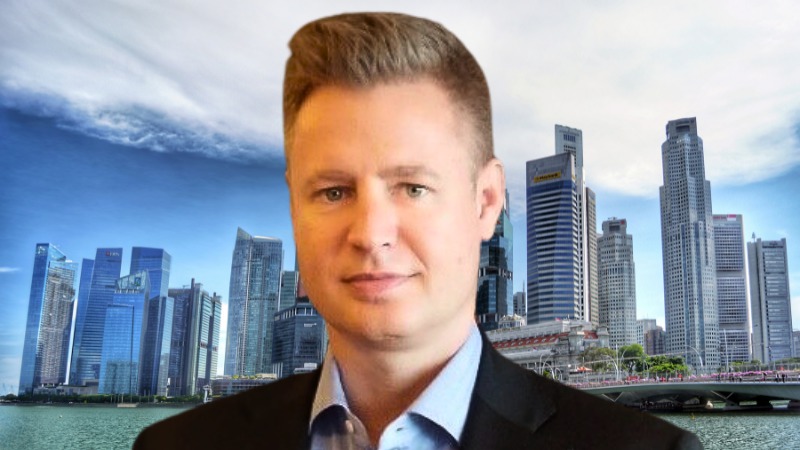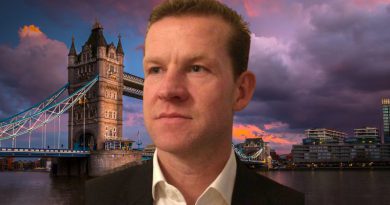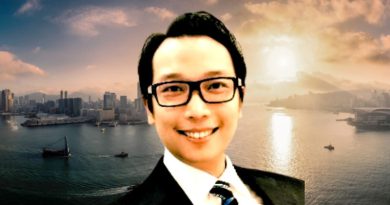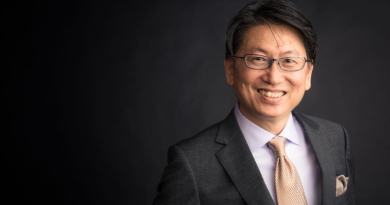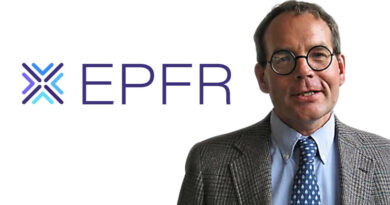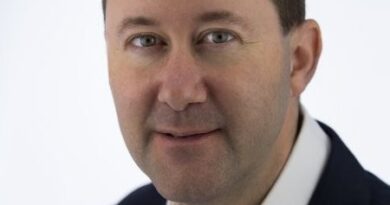Kennie Atle Johansen: “The independence and the right investors make the commitment worth it”
Disciplina Asset Management is an investment manager founded in 2017 which manages systematic equity strategies. The Hedge Funds Club’s Stefan Nilsson checked in with CIO Kennie Atle Johansen to learn about the firm’s investment strategy, the decision to relocate from Hong Kong to Singapore, capital raising and running your own shop vs working for others.
Disciplina Asset Management was founded in 2017 and you launched the fund in 2018. Initially based in Hong Kong, you then relocated the firm to Singapore. What led to this decision?
As a Pan-Asia quant fund, we believe Singapore offers a better long-term setup. There are immediate tangible advantages for us when it comes to trading markets like India, but to a large degree, the decision was driven by the desire to have clarity and stability around the political and regulatory setup. The Covid pandemic became a catalyst for us to make the move, which we completed in 2022. However, we maintain a research and development office in Hong Kong and added another in Tokyo.
The investment strategy is an equities-focused Asian quant fund. Can you tell us a bit about the strategy and what sets it apart from others?
On a high level, our strategy is a quantitative equity market-neutral strategy with a Pan-Asian focus. However, the structure is a multi-strategy implementation similar to the pod structure we all know from the multi-PM platforms. We operate with three main areas of sub-strategies/pods; stat arb, machine learning and rule-based multifactor models. We utilise the entire market cap universe in portfolio construction which currently gives us an opportunity set of around 10,000 individual stocks which we track and generate signals daily. Our decision processes are predominately controlled by the use of fundamental data/signals. Maybe surprisingly, we tend to shy away from price-volume signals for anything else than risk signalling. It takes a highly diversified book, in our case with over 2,000 positions, to achieve the balance and liquidity profile that we are looking for. Our investment team is in a unique position given our ten years of experience working together and evolving the investment strategies into the ones that we are using today. Throughout that time, we have also built our own proprietary trading systems and research platform. The firm also continuously invests in data, infrastructure and the time to understand the unique execution patterns of the individual markets, especially in small caps. So, you can say that what sets us apart from our peers is the fact that we take a fully systematic multi-strategy approach to investing across the entire Asian marketplace. Supported by a proprietary front-to-back system developed by the investment team.
Your past includes being a PM at Millennium and running money at a couple of banks. What are the major differences between running money at a bank, at a big fund house and now running your own firm?
There are of course pros and cons with both. Proprietary trading at banks changed materially post GFC and balance sheets are a limiting factor for many traders. That said, the resources available and the infrastructure were helpful in developing a large-scale trading philosophy for us. On the flip side, there is often a longer lead time from concept to trading implementation. Multi-manager platforms like Millennium obviously are an attractive proposition as they offer an environment that removes all non-investment noise from the PM’s daily work. They also have a size today that allows any PM to scale if the risk and returns allow it. The challenge can be a lack of a collaborative environment and of course, the risk framework that the platforms rely on might not be ideal for all strategies. Disciplina allows us to leverage the experiences that we gained working for larger organisations while developing our processes and systems to the specific aims we have in terms of alpha generation and risk management. Starting your own firm is a large undertaking and the first couple of years can be challenging, but we have found that the independence that comes with your own shop together with the right investors makes the commitment worth it.
Is your trading style different now that you can set your own rules compared to when you worked at Millennium?
The overall investment philosophy is largely the same, however, we continuously research new sources of alpha and behavioural risk management methods. This has led to the development of new sub-strategies and enhancements of existing components. As we always strive to add new diversifiers into our strategy, we have recently been focusing our research on shorter-term stat-arb strategies.
The fund launched in 2018 with around US$110 million in AUM. How have you found the capital raising environment in recent years with all the Covid restrictions impacting travel and meetings over the past three years?
We launched right into what has since become known as “quant winter”. The first two years were challenging for us with flat returns and many of our peers in the region closing down. After that came Covid, which added its own challenges to raising capital. We have found that the last 18 months have been a more conducive environment, both in terms of investor interest and performance. We are currently in the process of onboarding a new SMA, which will bring our AUM close to US$200 million. One thing that seems to have changed is the interest in managed accounts versus more traditional commingled funds. The change is probably borne out of the Covid challenges around physical due diligence visits as well as the rise of the multi-PM platforms.

